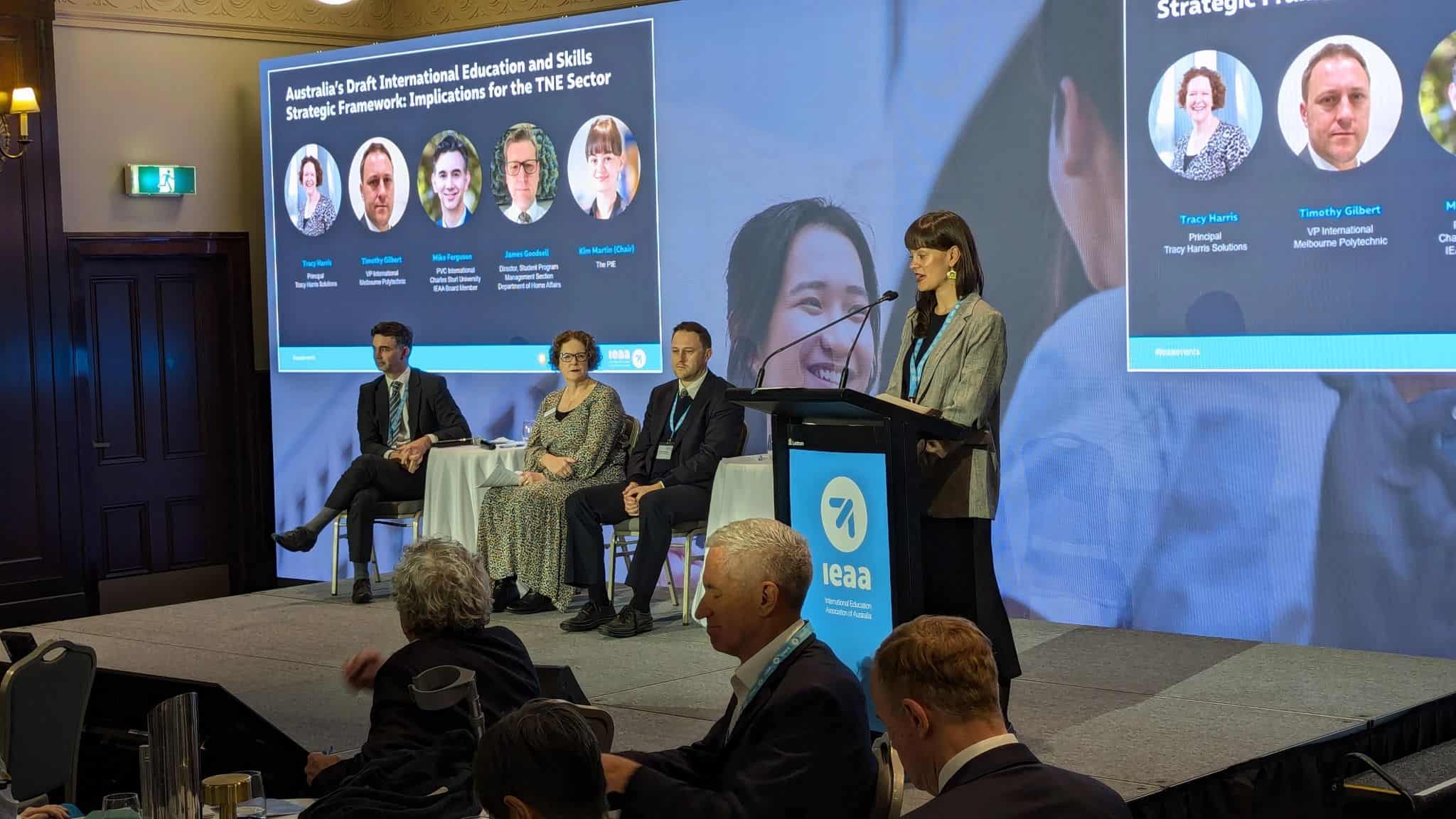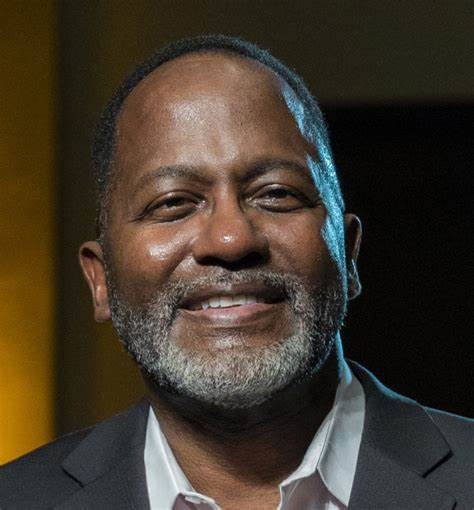Further concerns have been raised against Australia’s draft framework for international education and strategic skills, this time surrounding the proposed prevalence of TNE endeavours.
“Naive” was the word used by Tracy Harris, principal of Tracy Harris Solutions, to describe the framework, particularly the government’s positioning of TNE as a major option for institutions achieving sustainable growth going forward.
It’s a sentiment shared by Mike Ferguson, pro-vice chancellor, Charles Sturt University and IEAA board member, who firmly believes that “TNE is not the answer to everything” and brought into question its profitability while speaking at IEAA’s TNE Forum.
Stakeholders gathered for the two-day conference in Melbourne, which included a panel focused on the implications of the draft framework on TNE.
The framework sets up TNE as one of three main pillars for Australia’s sector to work towards a sustainable growth model, with a dedicated session titled ‘Taking Australian education and training to the world’.
“As a world leader in the delivery of high-quality education, Australia must look to maximise high-quality and sustainable offshore TNE market opportunities and take our education and training to the world,” the framework reads.
The draft framework is meant to chart the long-term course of Australia’s international education, but Ferguson said it has failed to effectively consult the sector it sets out to serve – as many pointed out in their framework submissions – in a move that has resulted in unsatisfactory results.
Many in the sector were surprised by the arrival of the draft framework on a Saturday morning in May, including Ferguson.
He said the government’s timeline signals that this is not a long-term, well-considered piece of work, but instead something done “in the rush of the night to make the short term political imperative”.
That is why he is urging stakeholders to think carefully about the government’s advice on TNE.
“I think there’s a big risk if we all see this and say ‘government wants us to do TNE, we better go out and find some TNE partners’”.
Ferguson said the majority of TNE ventures he’s aware of tend to “break even”, and noted that the most successful ventures can take 10 to 15 years to flourish.
With most providers already operating at significant losses, they can’t afford bigger losses offshore, he added, and suggested that government should be helping to mitigate such commercial risk.
“If the government is really serious about universities going overseas and establishing things like branch campuses, they should put some money behind it and give universities some specific funding to do this,” said Ferguson.
Speaking from a public vocational provider perspective, Timothy Gilbert, vice president international, Melbourne Polytechnic, highlighted the lack of attention paid to TAFE in the framework – which fails mention such institutions “even once”.
For Gilbert, this signifies that federal government does not see TAFE as part of its TNE strategy.
This sentiment from the government is “nothing new”, said Gilbert, who continues to lobby for New Colombo Plan access to help such institutions grow within this space.
If the government is really serious about universities going overseas and establishing things like branch campuses, they should put some money behind it
Mike Ferguson, pro-vice chancellor, Charles Sturt University
“We have been in the wilderness in terms of recruitment of international students for 13 or 14 years,” said Gilbert.
Speaking on the panel, James Goodsell, director, student program management section, temporary visas branch at the department of Home Affairs reiterated the government’s aim to assist the sector to diversify, and noted the panellists’ concerns, including those surrounding capacity building versus growth and timelines.
#Australias #draft #framework #fire #TNE #emphasis










